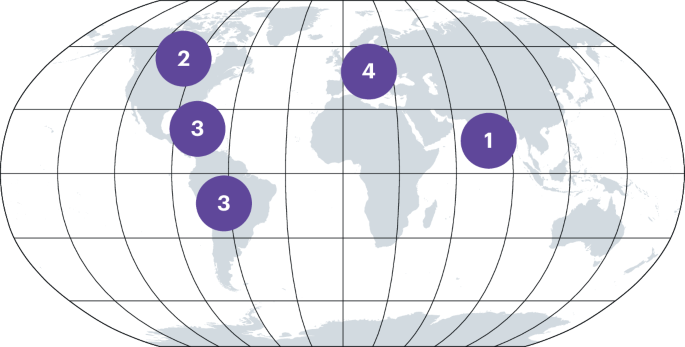Now Reading: Engineered *E. coli* Paves Way for Biodegradable Plastic Production
-
01
Engineered *E. coli* Paves Way for Biodegradable Plastic Production
Engineered *E. coli* Paves Way for Biodegradable Plastic Production
Rapid Summary
- Publication Details: The research on metabolomic engineering was published in Nature Biotechnology on April 14, 2025, by Iris Marchal.
- Key Focus: Replacing fossil-fuel-based plastics with bio-based polymers too address environmental concerns.
- Breakthrough Research: Engineers have developed a new synthetic metabolic pathway in Escherichia coli (E. coli) to biosynthesize polyester amides (PEAs), promising biodegradable polymers for industrial applications.
- Methodology:
– A two-step synthetic pathway was utilized:
– Step 1: Activation of amino acids to amino acyl-CoA using β-alanine CoA transferase from Clostridium propionicum.
– Step 2: Polymerization via mutant PHA synthase from Pseudomonas, which accepted various monomers as substrates.
– Metabolic flux optimization resulted in production titers where peas composed over half of the bacteria’s dry cell weight, using glucose as the sole carbon source.
- Significance: Opens potential for scalable production of biodegradable plastics.
Indian Opinion Analysis
This development represents a significant innovation in sustainable material science. For India-a country grappling with environmental challenges tied to plastic pollution-the introduction of biodegradable plastics like polyester amides (PEAs) could serve as a game-changer. With its large agricultural sector producing glucose-rich residues and bio-waste, India possesses foundational resources that align well with the methodology described.
Implications for industries such as packaging or manufacturing could be profound if this research leads to cost-effective commercial applications.however, scalability and affordability remain crucial concerns; integrating advanced biotechnology into India’s existing infrastructure would require sustained financial investment and cross-sector collaboration between academia and industry players.
On an environmental front, adopting bio-based polymers aligns harmoniously with India’s self-imposed climate targets under international agreements like COP26. Should this technology advance further into practical use cases, it offers promise not only for reducing fossil fuel dependency but also contributing positively toward mitigating global plastic waste issues.
























